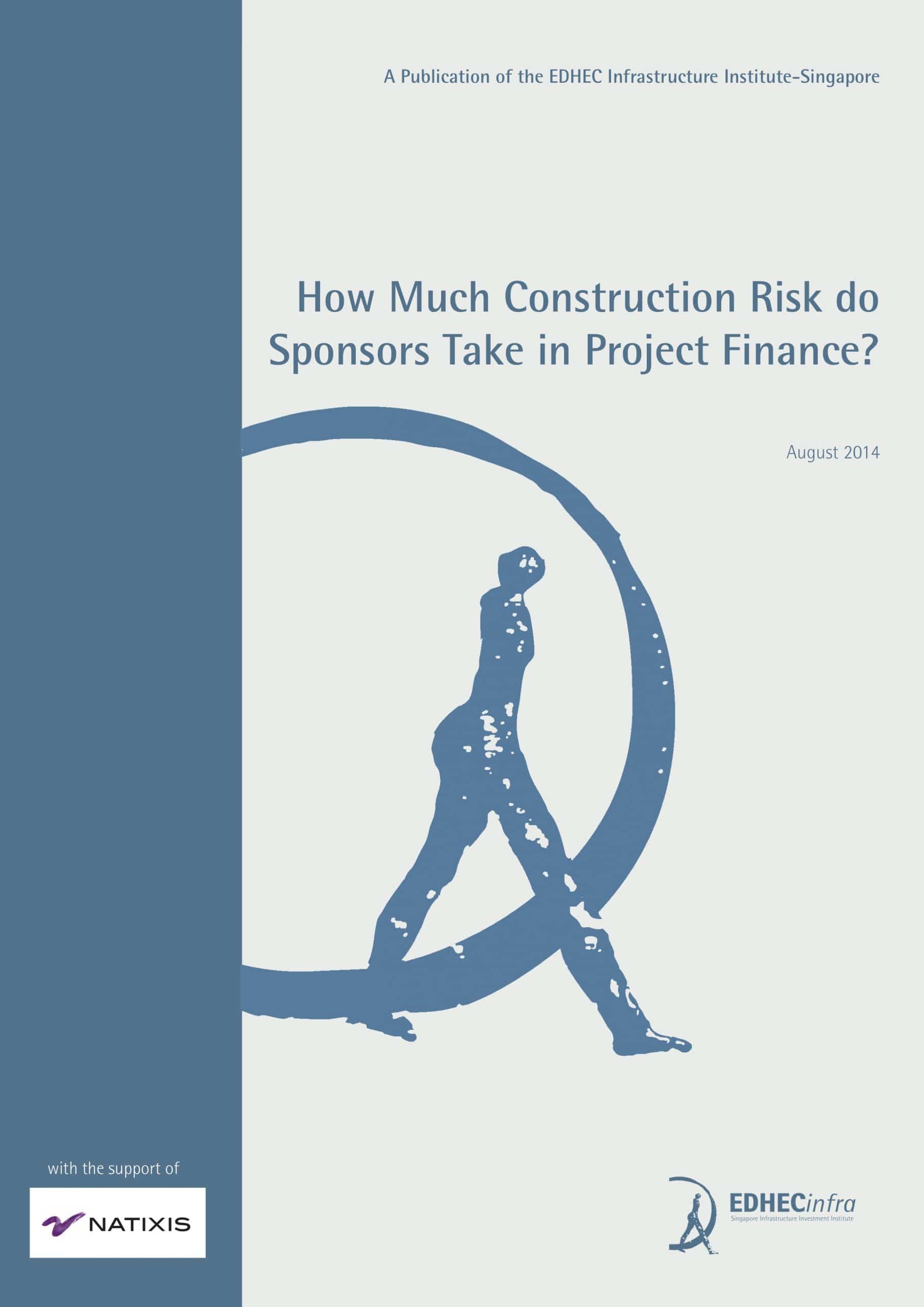
Summary
One of the greatest risks in developing new transport and infrastructure projects is that of construction cost overruns. Prior research has estimated that, depending on the point estimate, such cost increases can be as much as 200% of the capital value of the project (Flyvbjerg et al., 2004). The risk of such cost increases severely impacts on the provision of such infrastructure by public authorities.
The risk of construction cost overruns includes both exogenous and endogenous factors. The exogenous factors are highly idiosyncratic and are driven by the conditions and construction techniques involved with the project. These project specific risks occur independently of who is involved in the project. The endogenous factors are a function of the choice of procurement route and the subsequent incentives that this route creates.
We argue that it is the endogenous factors that are more likely to create the systematic conditions for cost overruns in infrastructure projects. The influence of these factors on the risk of cost overruns for the public sector can be attributed to both the moral hazard and adverse selection problems associated with contracting with a construction firm. The moral hazard arises due to the construction firm not having an incentive to control the costs, leading to cost overruns. The adverse selection issue occurs when the construction company that is selected for the project may not be the best placed to deliver the project at cost and on time.
However, evidence provided by the nonrecourse project finance sector, suggests that the endogenous risk of cost overruns can be transferred to other parties through a credible contracting structure (Blanc-Brude, 2008; Gatti, 2013). This risk transfer leads to the self-selection of the construction firms most able to diversify and manage construction risk.
It is in this context, that we empirically examine the ability of project finance companies to manage the risks associated with cost and time overruns. The data set we employ is unique, coming from a large commercial bank involved in a significant number of project finance transactions worldwide.
We show empirically that project sponsors almost completely avoid construction risk when comprehensive risk transfer can be achieved through credible contracts. We successfully test the hypothesis that, under non-recourse project finance, expected cost overruns for the project sponsor should be zero. This analysis demonstrates, for the first time, that construction risk can be diversified by the project sponsor: by using the contractual structure to reduce the endogenous risks related to construction, the project sponsor is able to avoid systematic uncertainty around cost and time to delivery. This finding reinforces the value of using a contractual structure such as the ones employed in project finance, and provides an interesting example to highlight future public procurement decisions.

